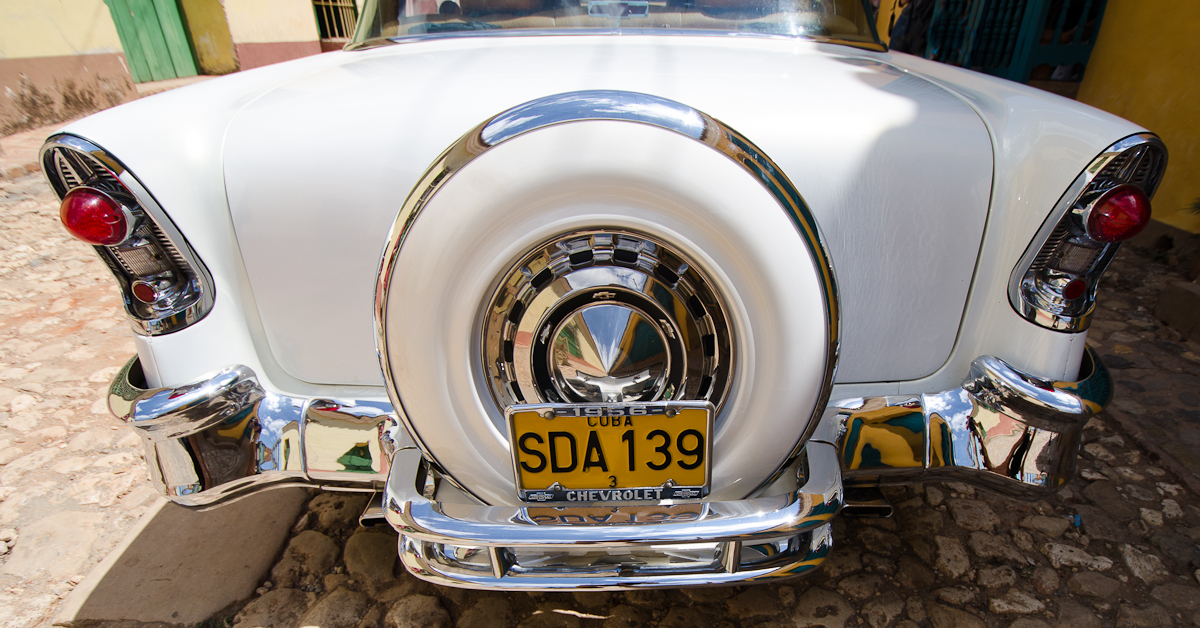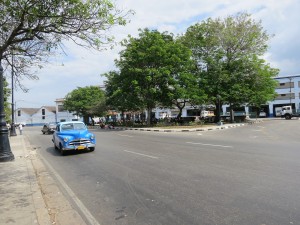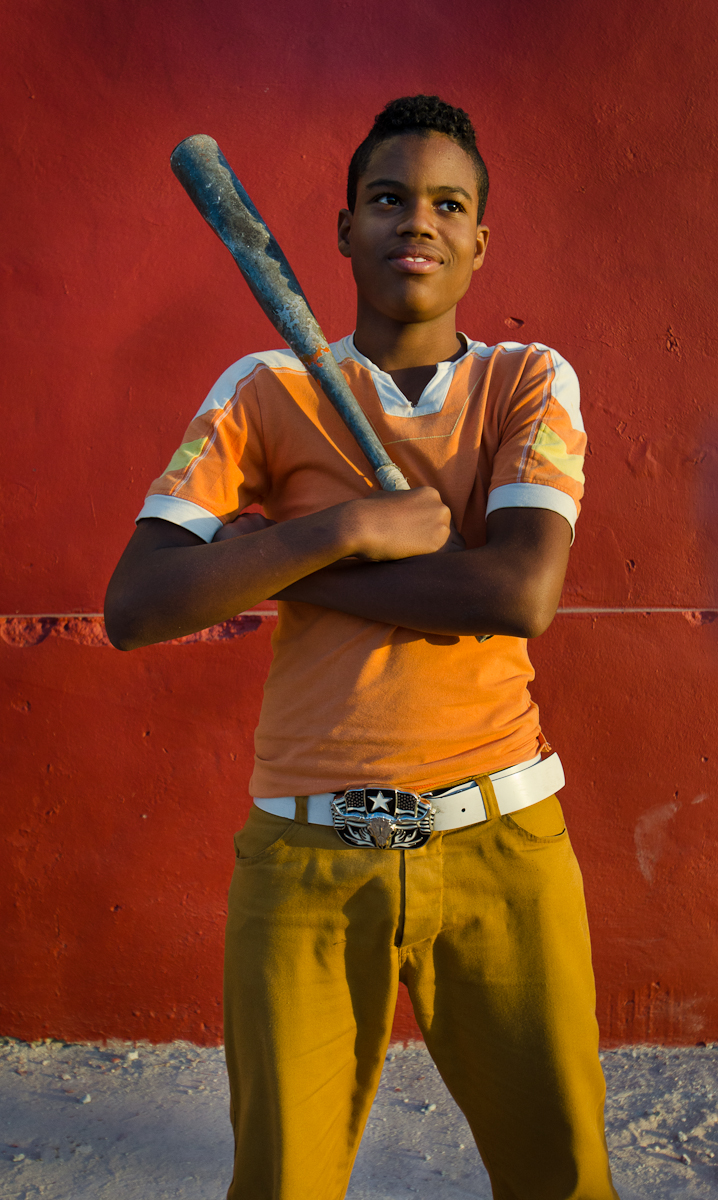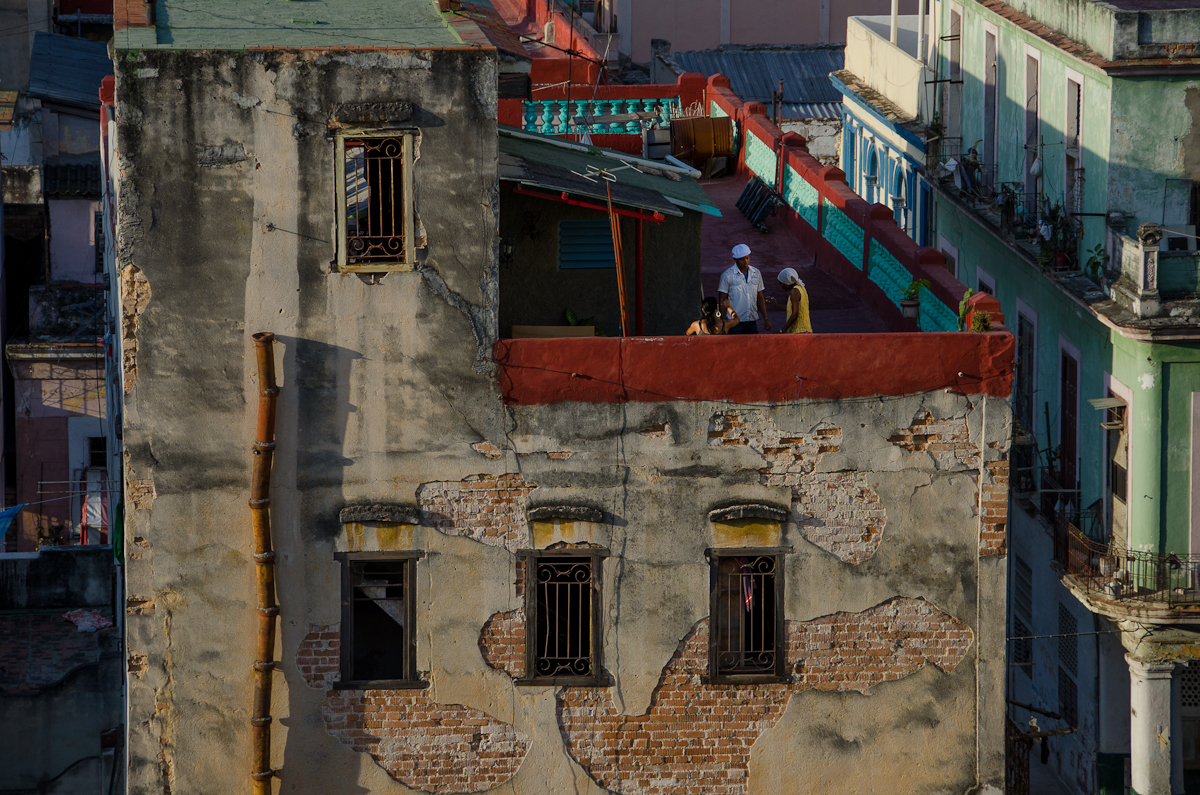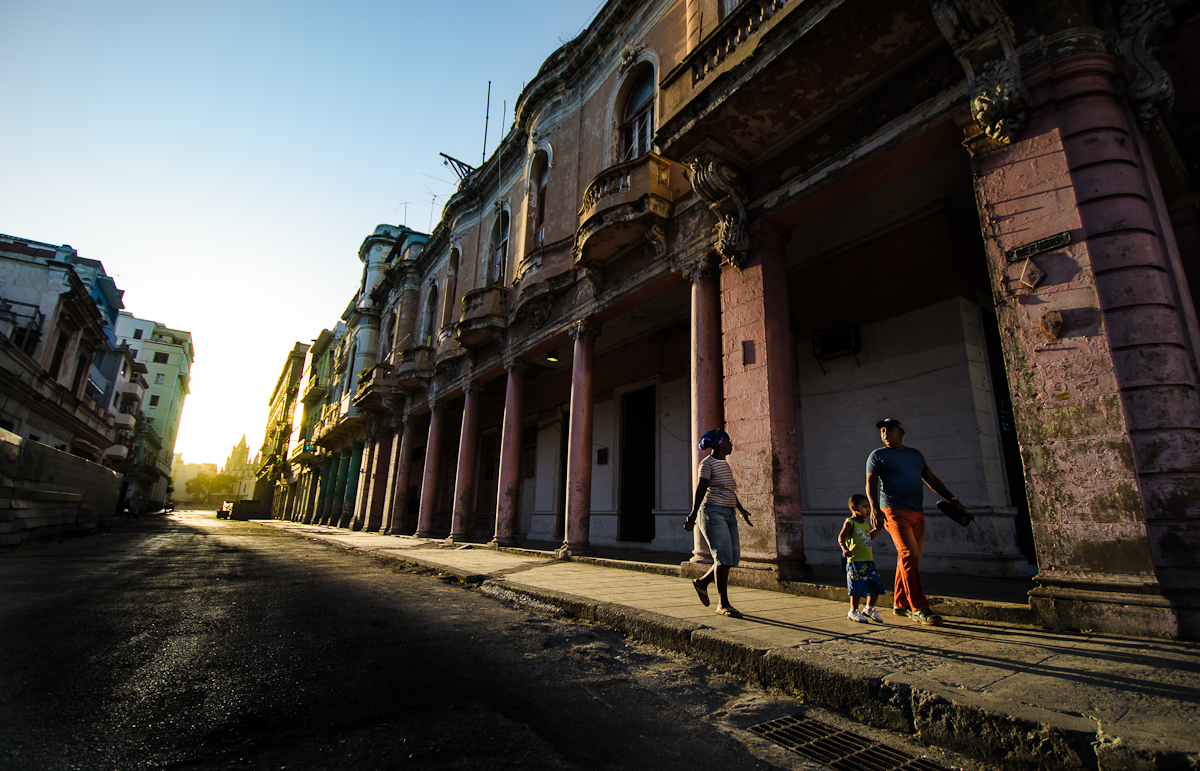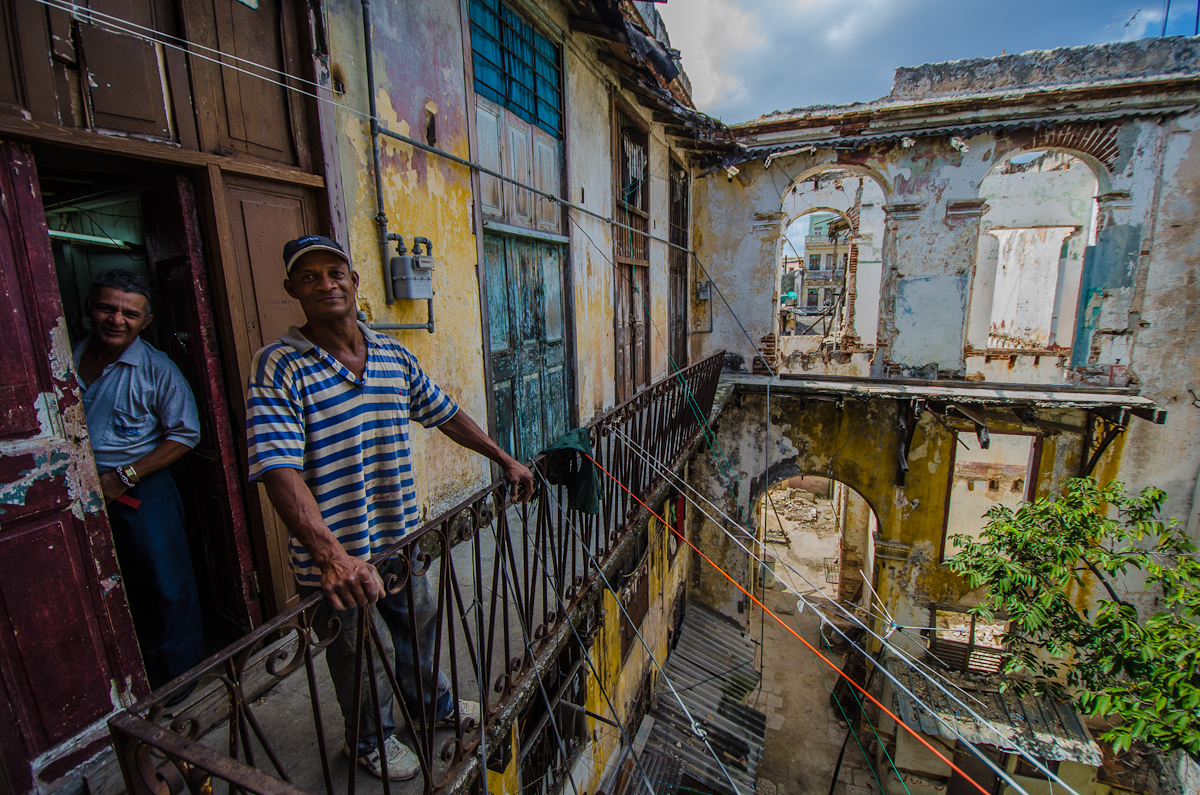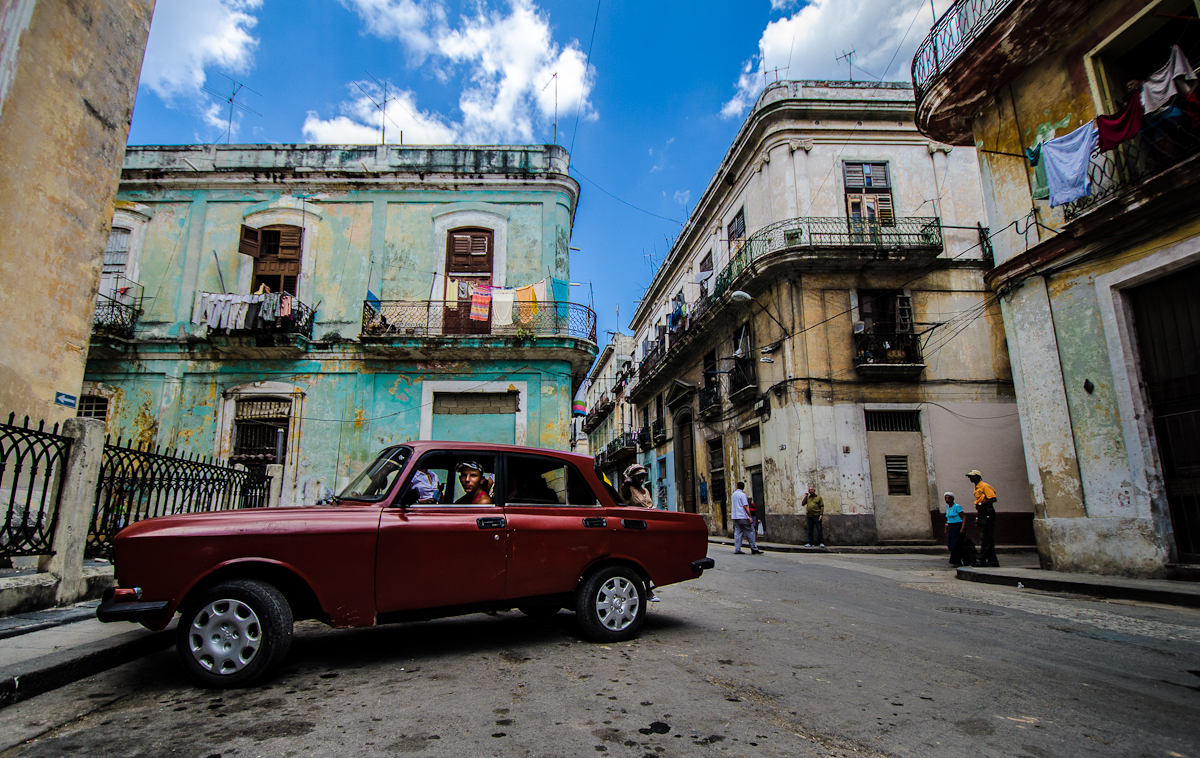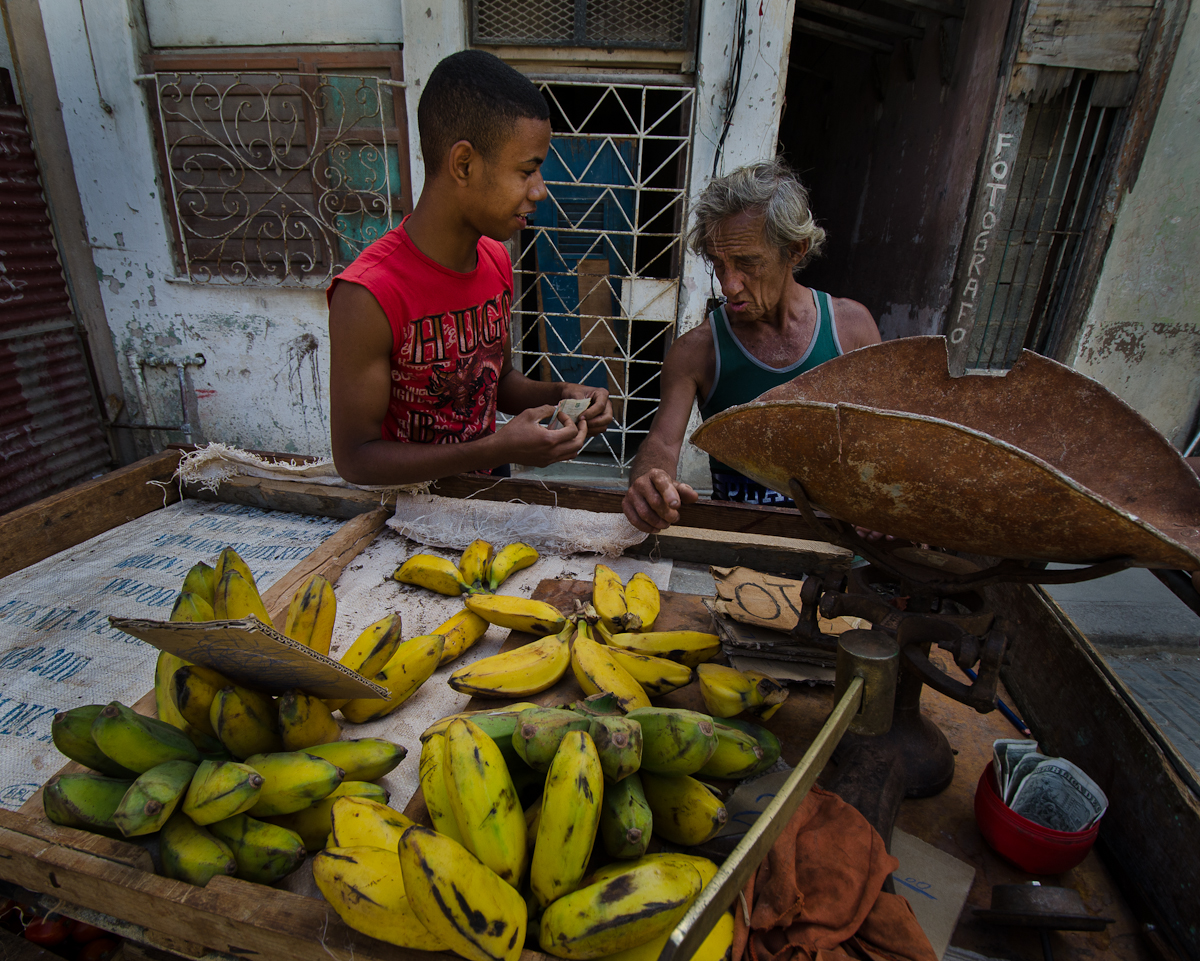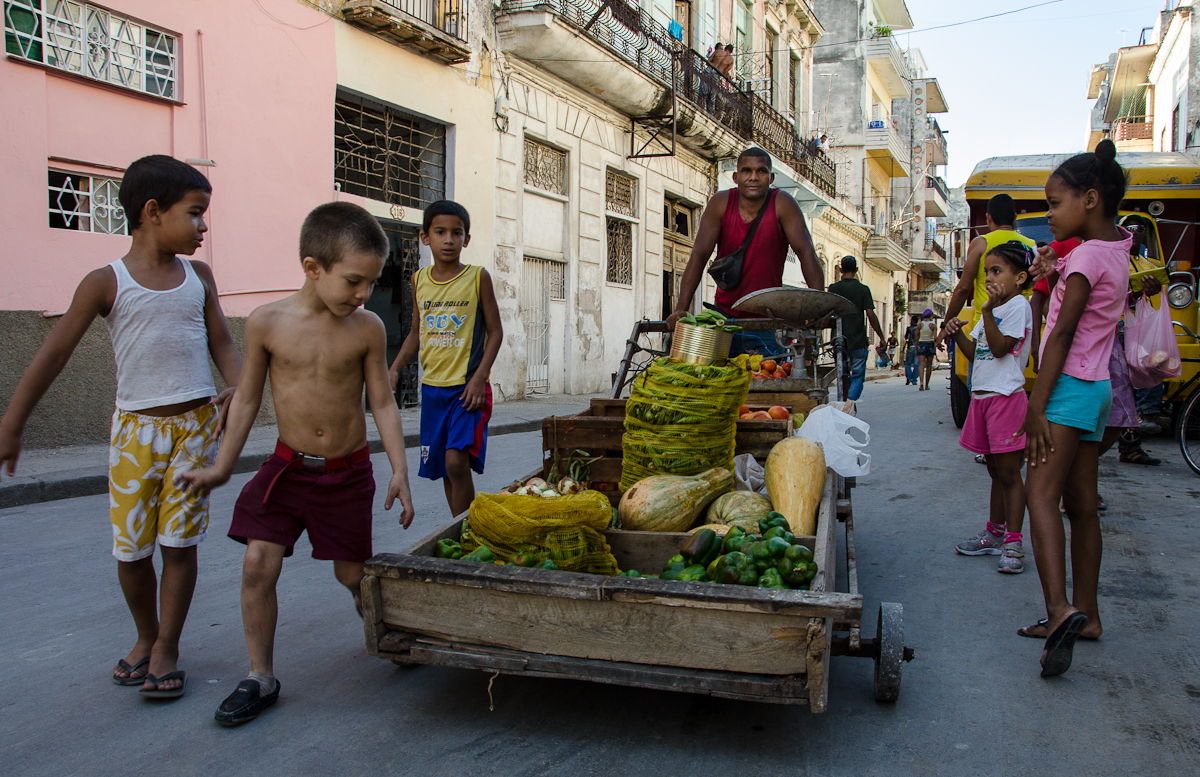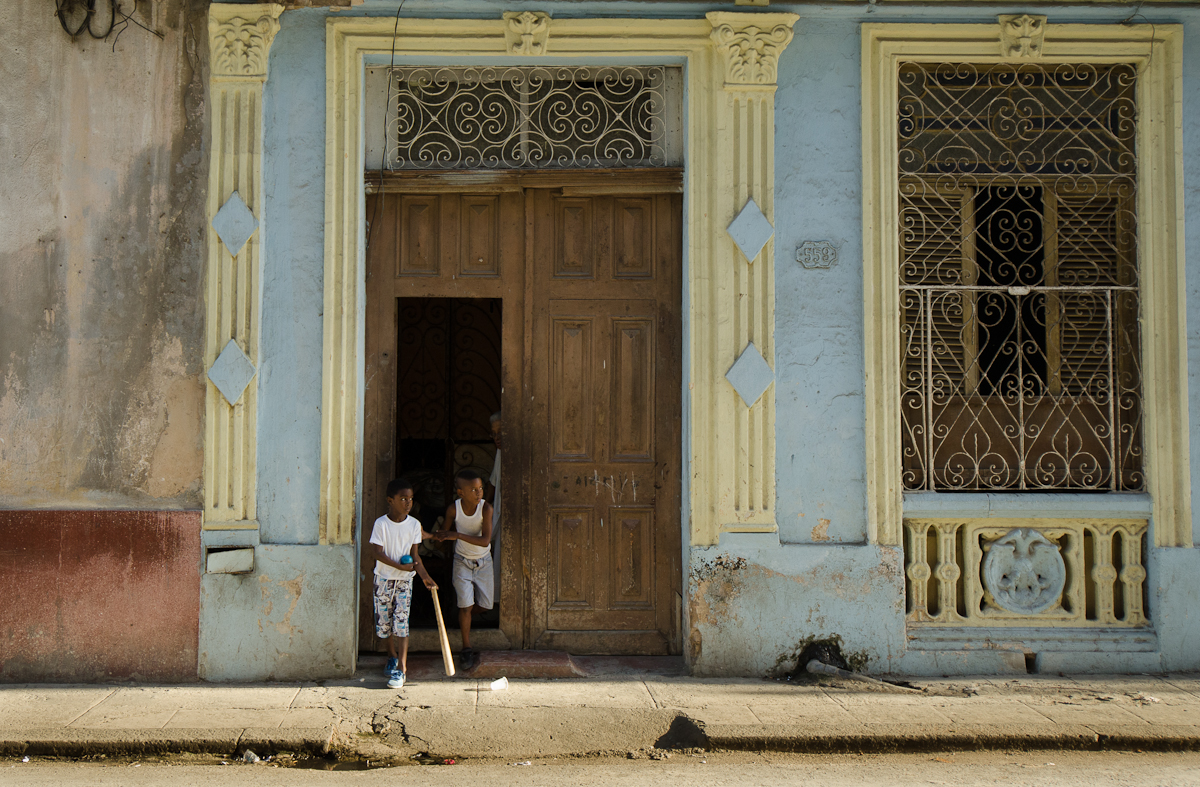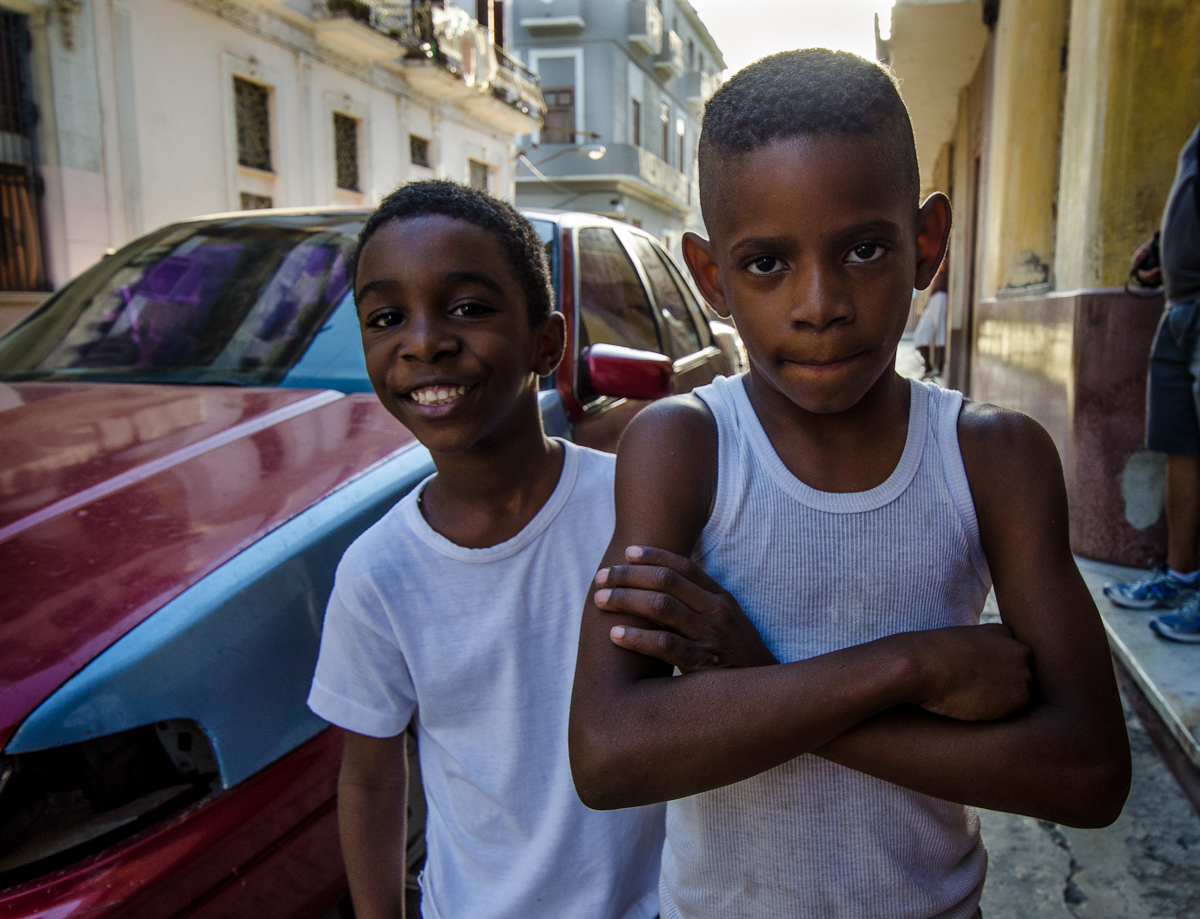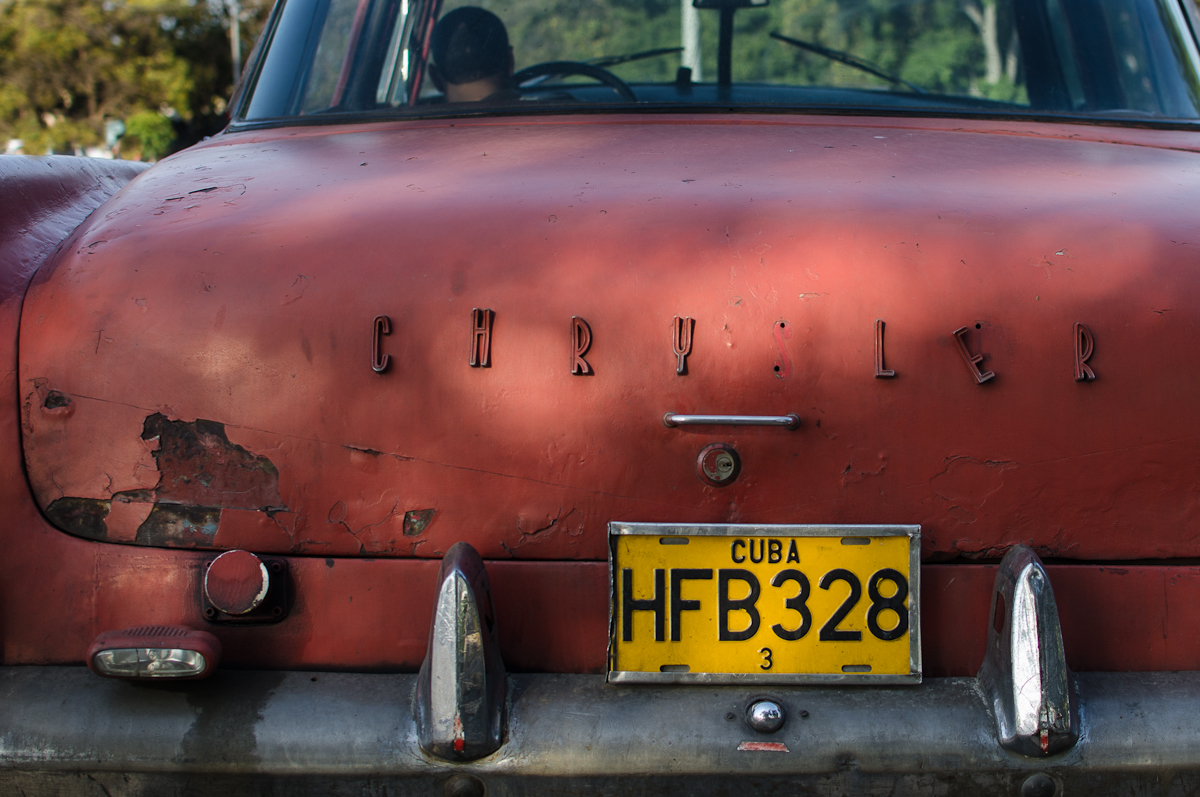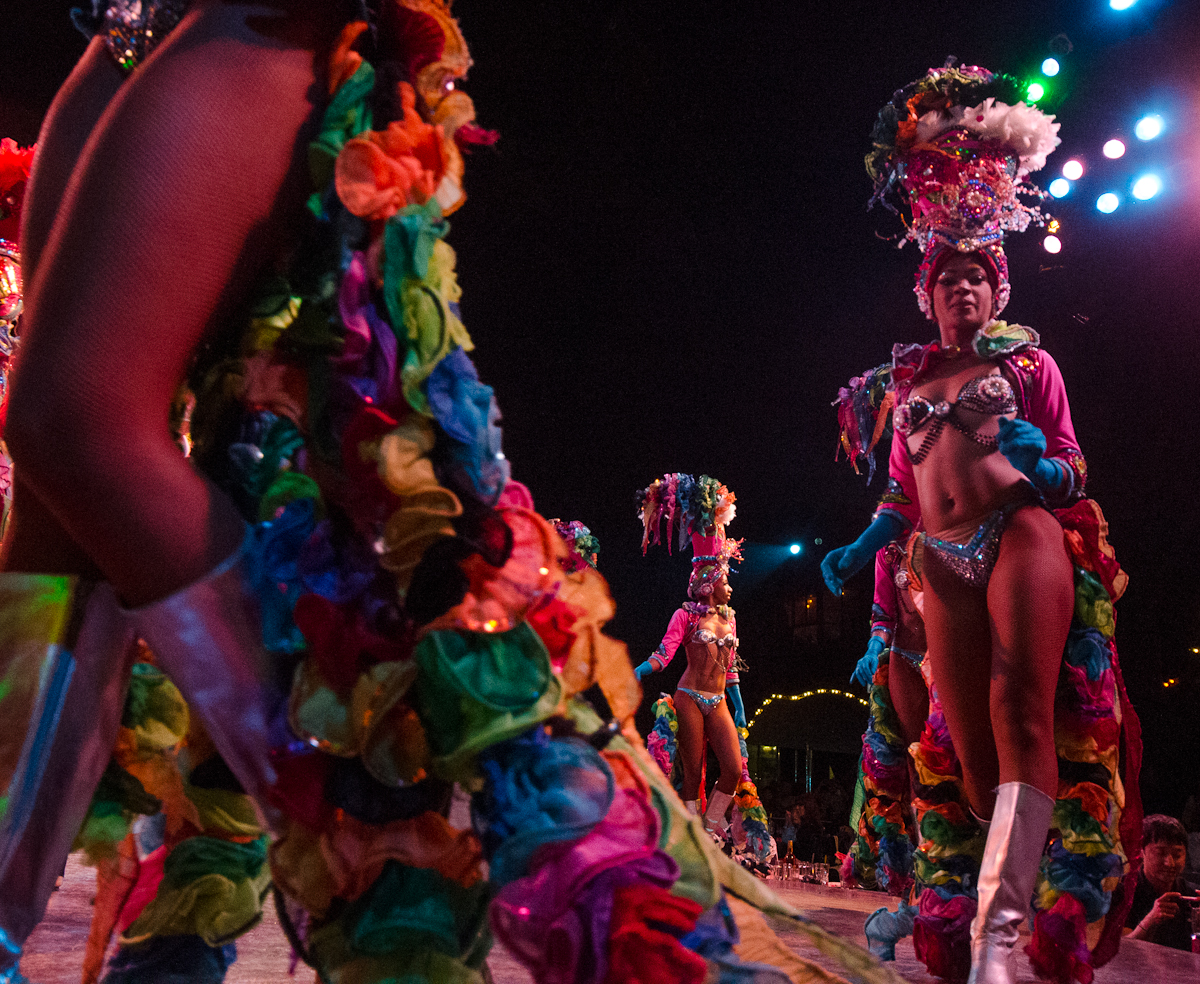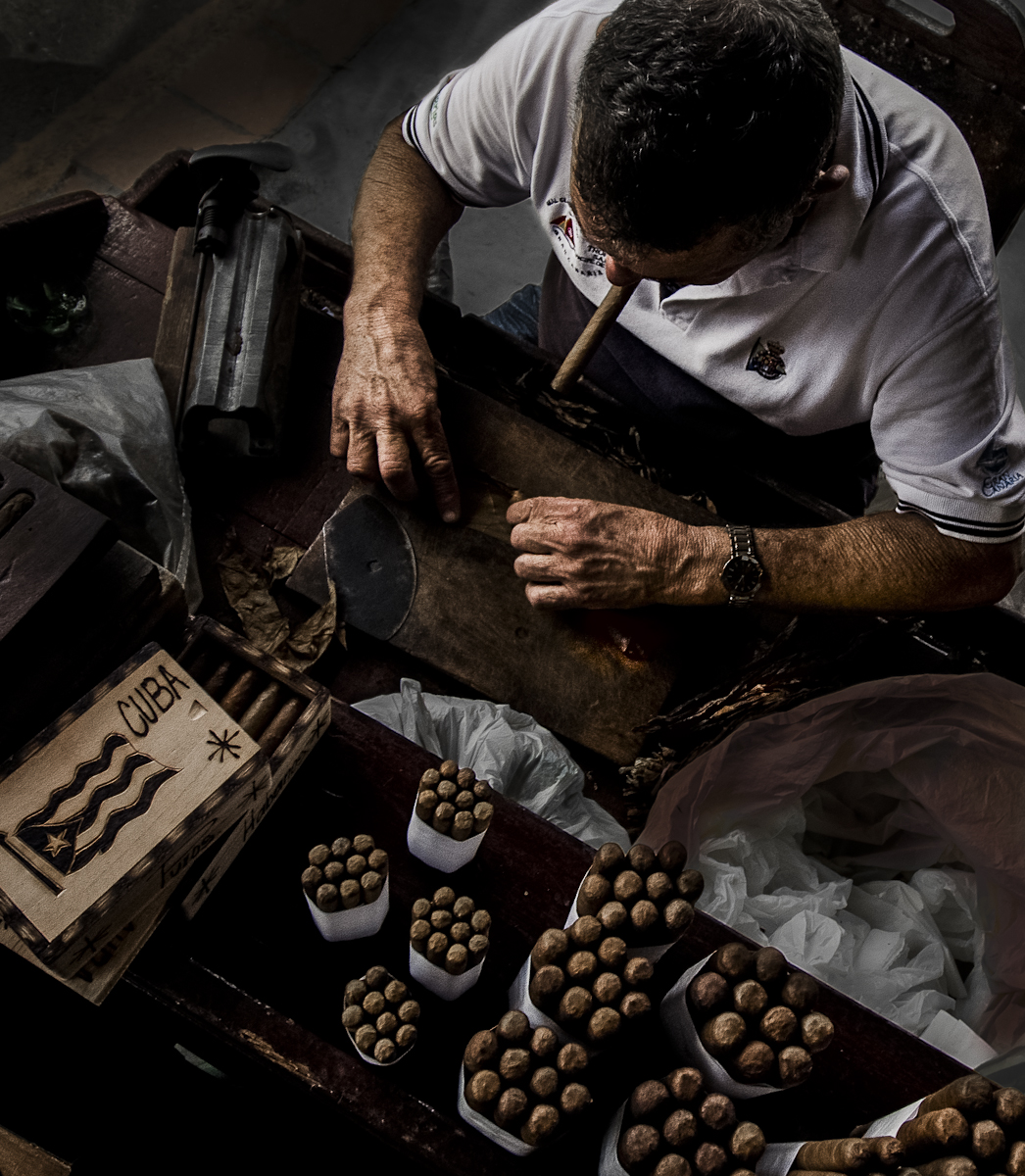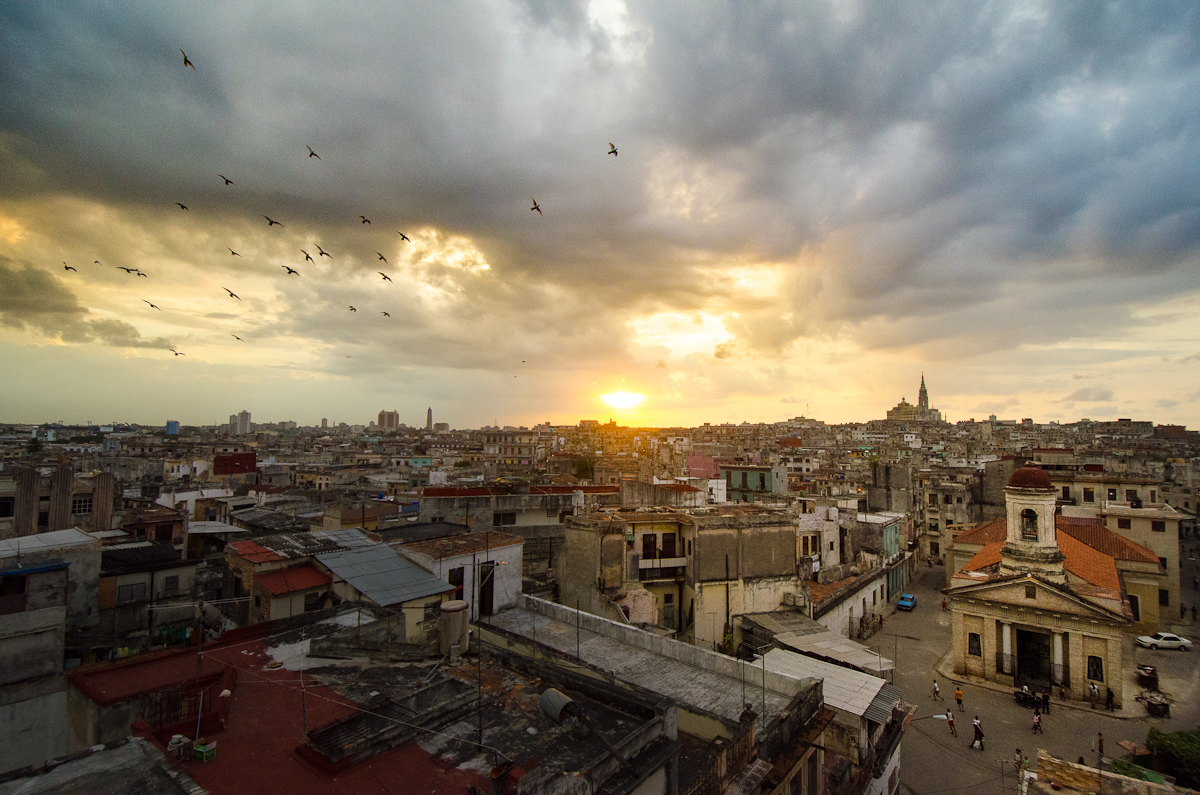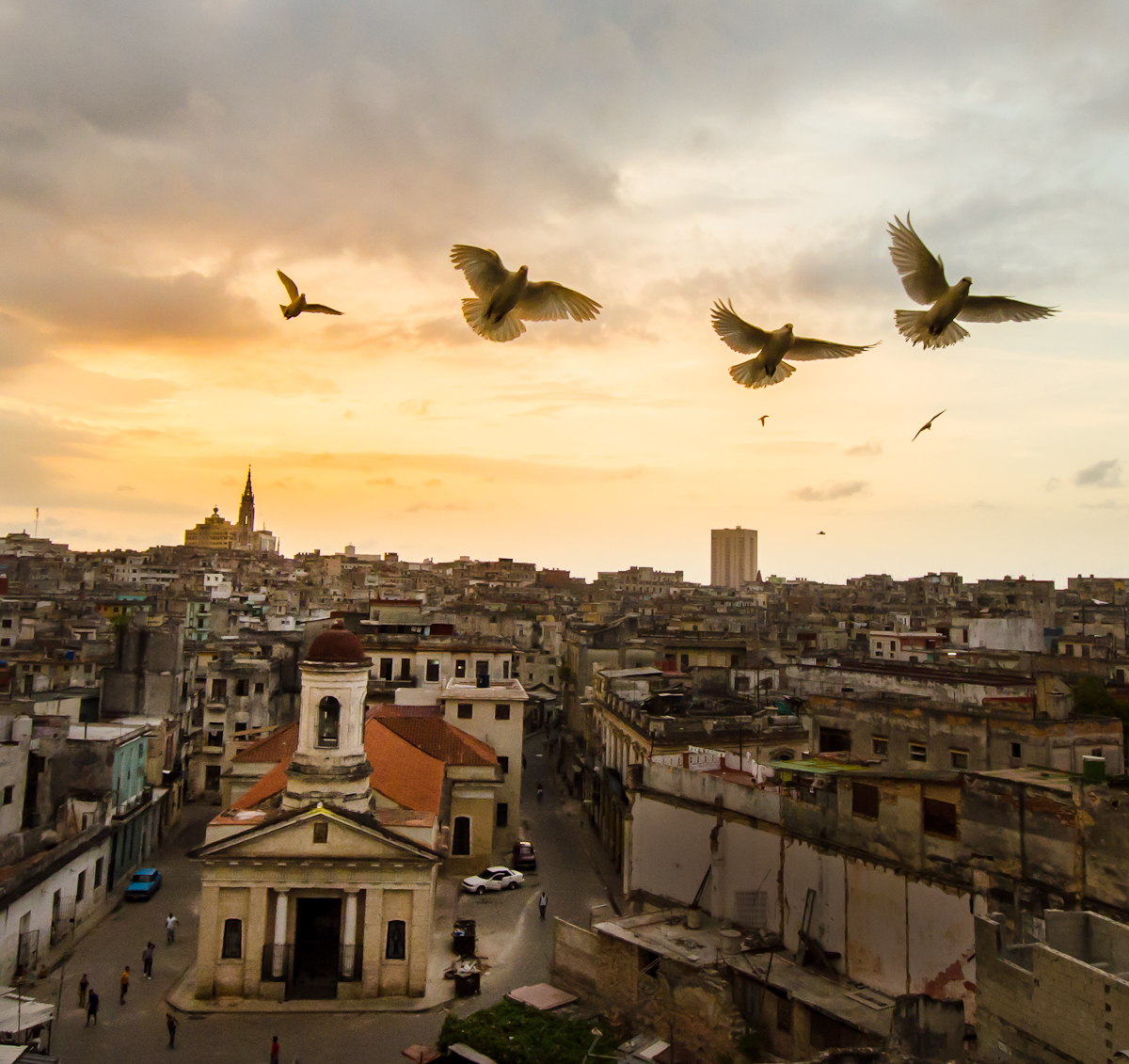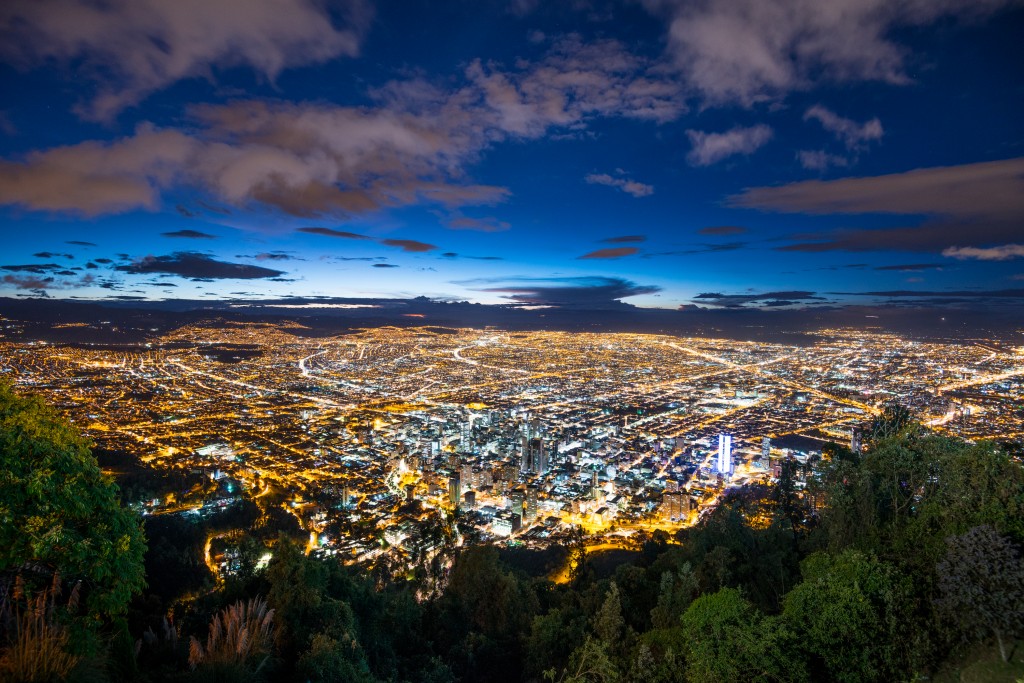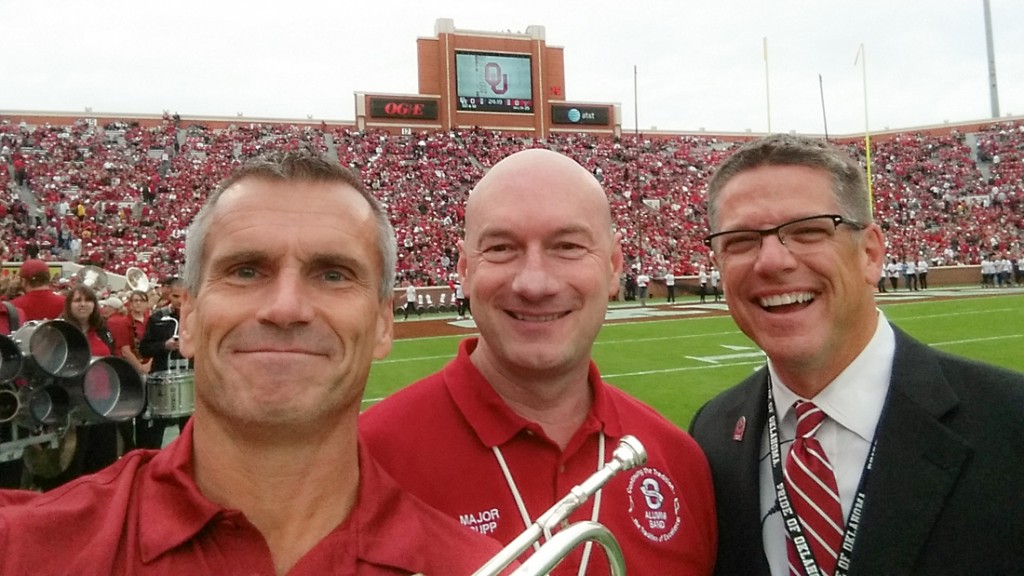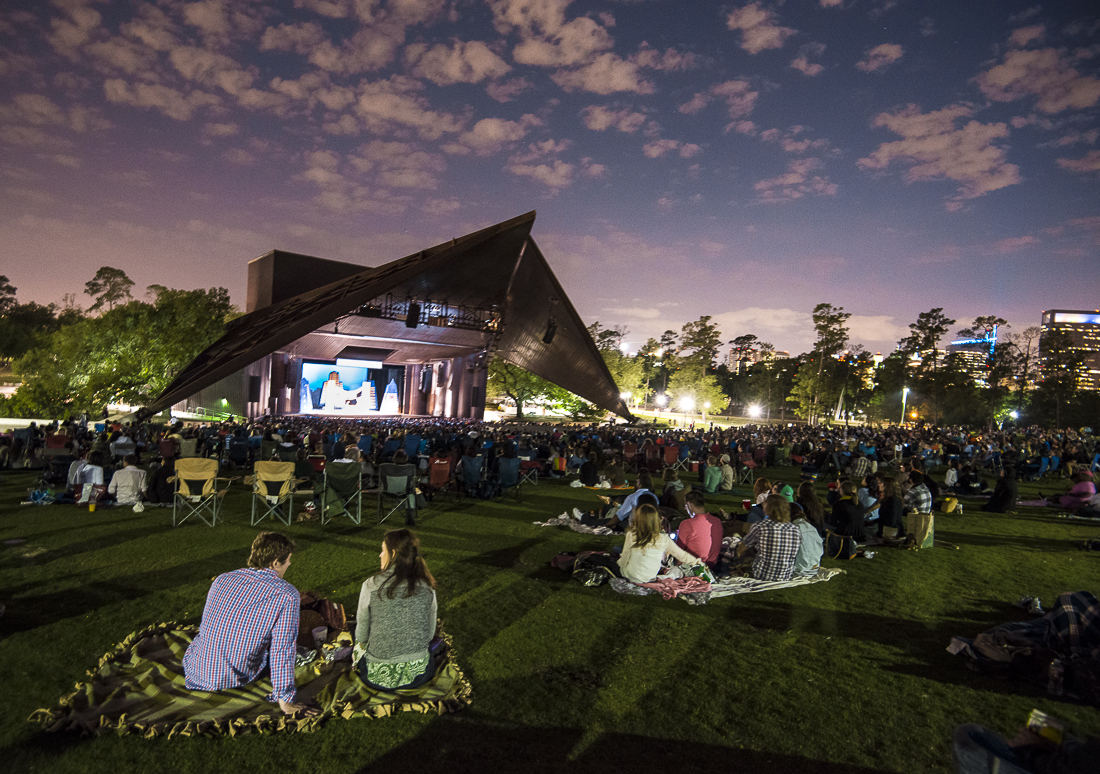Number 3 in a series. Many more to come.
Among the quirky ramifications of the Cuban Revolution and the fifty-year trade embargo by the U.S. is the fact that about the only American cars you’ll see in Cuba are from the 1940s and 50s. Cubans haven’t been able to buy American cars since about 1960 (and in the socialist/communist system, they’ve scarcely had any money to buy anything else), so they’ve held onto the ones they had. Those old cars are probably the most visible reminder and metaphor for the fact that Cuba is, in many ways, stuck in 1959.
They’re everywhere. I don’t mean just one here and one there. In Havana, most of the private taxis are these old cars, so it’s not unusual to see an area or cabstand with dozens of them. Mid-day, a 1950s classic barrels down Neptune Street about one every ten seconds.
Some are in great shape; some not so much. Some belch black smoke every time they start to move. I had to abandon one cab that just died (and wouldn’t re-start) right in the middle of the road. It’s a rarity for all the doors, windows and gauges to work. Still, most are cherished possessions (and in the case of the taxi drivers, family businesses); they’ve been passed down father to son since the pre-Communist days when a ’57 Chevy was among the most advanced technologies on the planet.
Here’s a decidedly unartistic, unglamorous shot of the taxi that died with me in it — stranded in the middle of the road. I took this picture with a pocket camera as I abandoned ship and started the walk to my destination.
